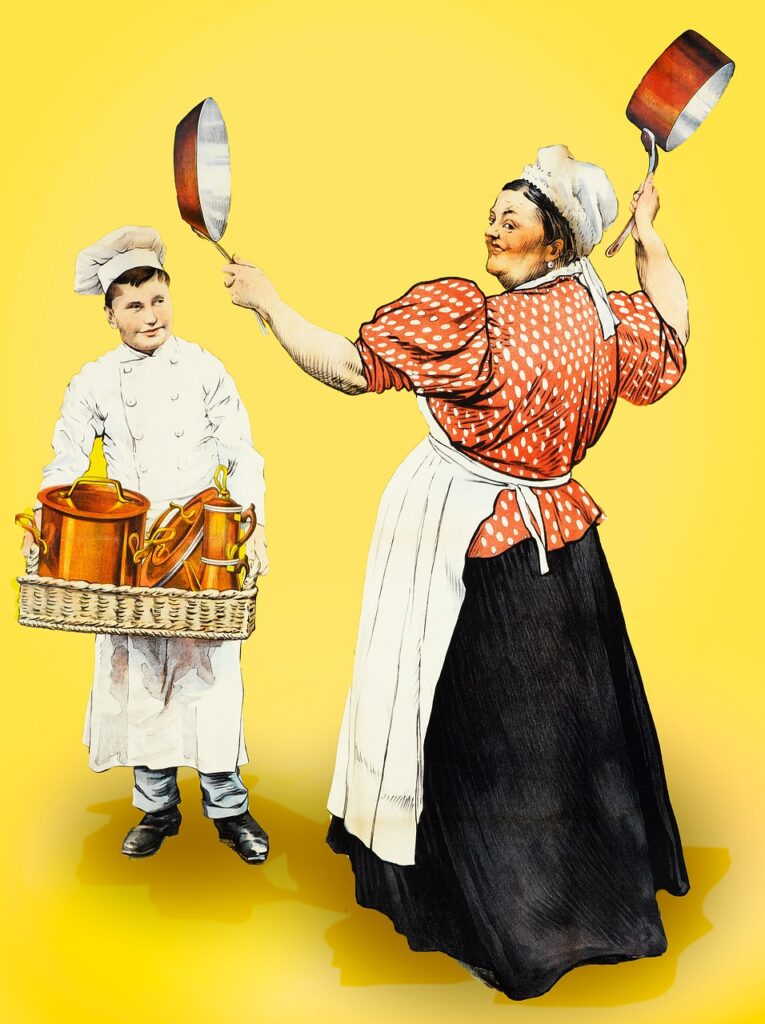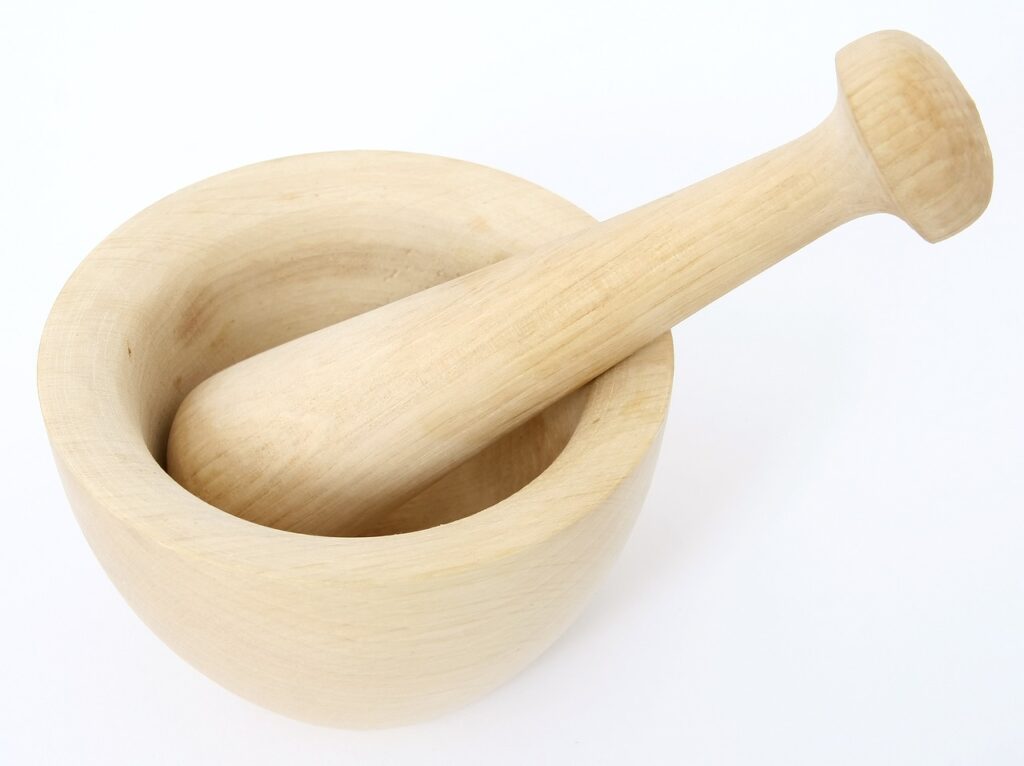Ready to take your cooking skills to the next level? Look no further than Tastepan’s “Knife Skills 101: Mastering Basic Techniques.” In this comprehensive guide, we’ll equip you with the necessary knowledge and skills to become a kitchen pro. From proper knife grip to precise chopping and slicing, our expert tips and techniques will have you smoothly and confidently maneuvering your way through any recipe. Say goodbye to clumsy cuts and uneven slices and say hello to culinary precision. Get ready to become a master of the kitchen with Tastepan’s Knife Skills 101.

Knife Safety
Knife safety is of utmost importance in the kitchen to prevent accidents and injuries. By following a few simple guidelines, you can ensure that you and those around you stay safe while handling knives.
Choosing the Right Knife
When it comes to choosing a knife, it’s essential to select one that suits your needs and preferences. Consider the type of food you most frequently prepare and the tasks you often perform in the kitchen. Different knives are designed for specific purposes, such as slicing, dicing, chopping, and mincing.
Proper Handling and Grip
To handle a knife safely, it’s crucial to hold it correctly and maintain a secure grip while cutting. The basic holding position involves firmly gripping the handle with your dominant hand and placing your thumb and index finger on opposite sides of the blade’s base. This grip provides stability and control during cutting.
In certain techniques, such as the rocking motion, the choke grip, and the pinch grip, the placement and positioning of your fingers vary. These grips enable different cutting styles and are particularly useful for precise and controlled cuts.
Keeping the Knife Sharp
A sharp knife is not only more efficient but also safer to use compared to a dull one. Dull blades require more force to cut through food, increasing the chances of the knife slipping and causing an accident. Regularly sharpening your knife ensures that it maintains its cutting edge.
There are various sharpening tools available, such as sharpening stones, honing rods, and electric sharpeners. It’s essential to choose the right tool for your knife and understand the appropriate sharpening angles for different blades.
Safe Storage
Proper storage is crucial to prevent accidents and maintain the longevity of your knife. Keep your knives in a designated knife block, knife drawer, or on a magnetic knife strip. Make sure that the blades are fully protected and not exposed to potential hazards that could dull or damage them.
It’s also important to store knives in a way that minimizes the risk of injury when you reach for them. Avoid loosely storing knives where they can easily slide out or fall onto other objects or people.
Knife Anatomy
Understanding the anatomy of a knife is essential to maximize its functionality and handle it effectively. Familiarizing yourself with the different parts and their functions will greatly improve your knife skills.
Types of Knives
There is a wide range of knives available, each with its own characteristic shape and purpose. Some common types of knives include chef’s knives, paring knives, bread knives, boning knives, and utility knives. Each type of knife is designed to excel in specific tasks, so it’s essential to have the right knife for the job.
Blade Parts and Functions
The blade of a knife consists of several parts, each serving a specific purpose. The cutting edge is the primary contact point with the food, while the spine provides stability and strength. The blade tip enables precise and delicate cuts, while the heel is ideal for tasks that require more force.
Understanding the various parts of the blade and how they function will help you utilize the knife effectively and achieve your desired cutting results.
Handle Types and Materials
The handle of a knife plays a vital role in comfort, grip, and overall control. Knife handles come in various materials, such as wood, plastic, stainless steel, and composite materials. Each material has its own advantages and considerations, such as durability, ergonomics, and maintenance.
Additionally, knife handles can have different shapes and designs to accommodate different holding positions and hand sizes. Finding a handle that feels comfortable in your hand is essential for safe and efficient knife handling.
Understanding Knife Balance
Knife balance refers to the distribution of weight between the blade and the handle. A well-balanced knife will feel comfortable and effortless to use, reducing strain on your hand and wrist. The balance point of a knife is typically located where the blade meets the handle.
Different knife types may have different balance points, depending on their intended use. It’s important to find a knife with a balance point that suits your cutting style and provides optimal control during various cutting techniques.

Knife Holding Positions
Mastering different knife holding positions will significantly enhance your cutting technique and control. Each holding position is suitable for specific tasks and styles of cutting.
Basic Holding Position
The basic holding position involves gripping the knife handle firmly with your dominant hand. Place your thumb on one side of the blade’s base, and your index finger on the opposite side. This position provides stability and control, making it ideal for general cutting tasks.
Rocking Motion
The rocking motion technique involves using the curved portion of the blade to create a rocking motion while cutting. This technique is commonly used for chopping and mincing ingredients quickly and efficiently. By maintaining a steady grip and rocking the blade back and forth, you can achieve consistent and precise cuts.
Choke Grip
The choke grip involves placing your thumb and index finger on the blade itself, near the base. This grip provides superior control during delicate tasks that require more agility and precision, such as peeling or trimming.
Pinch Grip
The pinch grip is an advanced technique that involves gripping the blade with your thumb and index finger, just in front of the handle. This grip allows for ultimate control and maneuverability, especially when making fine, intricate cuts.
Cutting Techniques
Learning various cutting techniques will greatly enhance your efficiency in the kitchen and the quality of your culinary creations. Each technique is suited for specific tasks and ingredients, allowing you to achieve consistent and professional results.
Basic Knife Cuts
Mastering basic knife cuts is fundamental to successful food preparation. These cuts include the slice, dice, and chop, which can be easily adapted to different ingredients and recipes. By practicing these cuts, you will become more efficient and precise in the kitchen.
Slicing
Slicing involves making thin, even cuts through ingredients. This technique is commonly used for slicing meats, vegetables, and fruits. By maintaining a steady grip and using a fluid motion, you can achieve uniform slices with ease.
Dicing
Dicing involves cutting ingredients into small, uniform cubes. This technique is useful for creating evenly cooked and visually appealing dishes. By mastering the dicing technique, you can efficiently cut ingredients into different sizes, such as small dice, medium dice, and large dice.
Chopping
Chopping is a technique that involves cutting ingredients into irregular, chunky pieces. It is commonly used for chopping herbs, onions, garlic, and other ingredients that require a coarse texture. By adopting the proper grip and applying downward pressure, you can chop ingredients quickly and effectively.
Mincing
Mincing involves finely chopping ingredients into small, uniform pieces. This technique is often used for herbs, garlic, and ginger. By adopting a continuous rocking motion with your knife, you can achieve finely minced ingredients with ease.
Julienne
Julienne is a technique that involves cutting ingredients into long, thin strips. This technique is commonly used for vegetables, such as carrots and bell peppers, to create visually appealing dishes. By applying the proper knife skills and adopting a consistent cutting motion, you can master the julienne technique.
Brunoise
Brunoise is a fine dice technique that involves cutting ingredients into tiny, uniform cubes. This technique is widely used for creating intricate garnishes and achieving an even distribution of flavors in dishes. By practicing precision and maintaining a steady hand, you can achieve perfectly diced ingredients.
Chiffonade
Chiffonade is a technique used for slicing leafy herbs and greens into thin, delicate ribbons. This technique is often employed for garnishing salads or adding a touch of freshness to dishes. By stacking the leaves, rolling them tightly, and making thin slices, you can create beautiful chiffonade cuts.

Knife Sharpening
Keeping your knife sharp is crucial for achieving clean and effortless cuts, as well as ensuring your safety in the kitchen. A dull blade can be hazardous and less efficient, leading to accidents and frustration.
Choosing the Right Sharpening Tools
Selecting the right sharpening tools for your knife is essential for maintaining its edge. Different knives may require different sharpening tools, such as sharpening stones, honing rods, or electric sharpeners.
Sharpening stones are commonly used for manual sharpening and come in different grits to accommodate various levels of dullness. Honing rods are useful for aligning the edge of the blade between sharpenings. Electric sharpeners offer a convenient way to sharpen knives quickly and efficiently.
Understanding Sharpening Angles
Understanding the appropriate sharpening angles for your knife is crucial for achieving the desired sharpness and edge retention. Different knives may have different recommended angles based on their intended use and cutting properties.
Typically, European-style knives have a sharpening angle around 20 degrees, while Japanese-style knives often have a more acute angle of around 15 degrees. It’s important to research and understand the recommended sharpening angles for your specific knife to ensure optimal performance.
Sharpening Techniques
Sharpening a knife involves removing small layers of metal from the blade, resulting in a sharper edge. There are various sharpening techniques, such as using a sharpening stone, honing rod, or electric sharpener.
When using a sharpening stone, it’s important to maintain a consistent angle and apply even pressure during each stroke. Honing rods are used to realign the edge of the blade between sharpenings, helping to maintain the sharpness. Electric sharpeners offer a quick and convenient way to sharpen knives, but it’s essential to follow the manufacturer’s instructions to ensure proper use.
Knife Maintenance
Proper knife maintenance is essential for prolonging the lifespan of your knives and ensuring their optimal performance. By following a few simple steps, you can keep your knives in excellent condition for years to come.
Cleaning and Drying
After each use, it’s important to clean your knives properly. Hand wash them with warm, soapy water, using a gentle sponge or brush to remove any food particles. Avoid soaking your knives for extended periods or using abrasive materials that can damage the blade.
Once cleaned, thoroughly dry your knives before storing them. Moisture can lead to rust and corrosion, impacting the performance and longevity of your knives. It’s recommended to carefully dry each knife by hand and then allow them to air dry completely before returning them to storage.
Storing Properly
Safe knife storage is crucial for both your safety and the longevity of the blades. Avoid storing knives loosely in drawers or on countertops, as they can easily slide out or cause accidents. Instead, use a designated knife block, knife drawer, or a magnetic knife strip to keep your knives securely in place.
When storing knives in a knife block or drawer, make sure the blades are protected and not exposed to other objects that could potentially dull or damage them. Consider using blade guards or blade sleeves to provide an additional layer of protection and prevent accidental cuts.
Avoiding Common Knife Mistakes
To maintain the quality and performance of your knives, it’s important to avoid common mistakes that can damage or decrease their lifespan. Never use your knives to cut on hard surfaces, such as ceramic plates or countertops, as this can dull the blade.
Avoid improper cutting techniques, such as using a sawing motion or applying excessive force. Instead, use the appropriate cutting technique for each task and let the sharpness of the blade do the work.
Cutting Skills Practice
Improving your cutting skills requires practice and familiarization with various ingredients. By practicing different cutting techniques on a variety of foods, you can refine your skills and enhance your efficiency in the kitchen.
Vegetables
Vegetables provide excellent practice material for honing your cutting skills. Start with basic cuts like slicing, dicing, and chopping common vegetables like onions, carrots, and peppers. As you become more confident, progress to more challenging vegetables like butternut squash or eggplant, which require different techniques and cutting approaches.
Fruits
Cutting fruits allows you to practice delicate and precise cuts. Try slicing thin, even pieces of fruits like apples, oranges, and melons. Experiment with decorative cuts, such as fruit wedges or decorative shapes, which can elevate the presentation of your dishes.
Herbs
Herbs require finesse and precision when it comes to cutting. Practice mincing herbs like basil, parsley, and cilantro using the rocking motion technique. This will help you develop a steady hand and achieve the desired texture for your dishes.
Meat
Mastering meat cutting skills can greatly improve your efficiency in meal preparation. Practice slicing cuts of meat, such as steak or chicken, into thin, even slices. Experiment with cutting techniques specific to meat, like boning and filleting, to enhance your expertise and versatility in the kitchen.
Kitchen Safety Tips
In addition to knife safety, it’s important to follow general kitchen safety guidelines to ensure the well-being of yourself and others in the kitchen.
Safe Cutting Surfaces
To prevent accidents, always use a stable and secure cutting surface when working with knives. Avoid using countertops that may be slippery or unstable. Opt for cutting boards made of materials such as wood, bamboo, or plastic, as they provide a sturdy and safe surface for cutting.
Avoiding Cross-Contamination
Cross-contamination refers to the transfer of harmful bacteria from one surface or food to another. To prevent cross-contamination, use separate cutting boards for different types of food, such as raw meat, poultry, vegetables, and fruits. Thoroughly clean cutting boards and utensils after each use to minimize the risk of bacterial contamination.
Proper Food Handling
Proper food handling is crucial to prevent foodborne illnesses. Wash your hands thoroughly before and after handling food, especially when switching between different ingredients. Use separate utensils for each ingredient to avoid cross-contamination, and properly store perishable items at the appropriate temperatures to maintain their freshness and safety.
Using Knife Skills in Cooking
Developing your knife skills can greatly enhance your overall cooking experience and elevate the quality of your dishes. By applying your newly acquired skills, you can efficiently prepare ingredients, recreate professional chef techniques, and enhance the presentation of your culinary creations.
Efficient Food Preparation
With improved knife skills, you can streamline your food preparation process. By mastering efficient cutting techniques and handling positions, you can significantly reduce the time spent on prepping ingredients. This allows you to focus more on the cooking process and enjoy the creative aspect of preparing delicious meals.
Recreating Professional Chef Techniques
Professional chefs rely heavily on their knife skills to create stunning dishes. By mastering various cutting techniques and understanding knife balance, you can recreate their techniques in your own kitchen. From precise julienne cuts to delicate chiffonade, you can bring professional-level techniques to your home cooking.
Presentation Techniques
Knife skills play a crucial role in enhancing the visual appeal of your dishes. With well-executed cuts and thoughtful presentation, you can elevate the overall dining experience. Experiment with decorative cuts, garnishes, and artistic plating techniques to add a touch of elegance and sophistication to your culinary creations.
Troubleshooting
As you continue to develop your knife skills, you may encounter common problems or areas where improvement is needed. By addressing these issues, you can enhance your skills and become a more proficient and confident home cook.
Common Knife Problems
Some common knife problems you may encounter include blades that have become dull, handles that are uncomfortable to grip, or imbalance issues. By understanding the cause of these problems, you can take appropriate steps to resolve them, such as regular sharpening, handle replacement, or choosing a well-balanced knife.
Tips for Knife Skill Improvement
Improving knife skills requires practice, patience, and a willingness to learn. Regular practice is crucial to becoming more proficient and comfortable with various techniques. Consider taking a knife skills class or watching instructional videos to further develop your skills. Additionally, seeking feedback from experienced chefs or mentors can offer valuable insights and guidance for improvement.
In conclusion, mastering knife skills is a journey that requires dedication and practice. By following proper knife safety guidelines, understanding knife anatomy, learning different holding positions and cutting techniques, sharpening your knives regularly, and practicing proper maintenance, you can become a confident and skilled home cook. These skills will not only enhance your efficiency in the kitchen but also elevate the quality and presentation of your culinary creations. With time, patience, and a friendly attitude towards learning, you can become a true kitchen pro.

